In an effort to enhance safety and reduce the risk of bird strikes, the Alaska Department of Transportation and Public Facilities has introduced a new robot named Aurora to patrol the Fairbanks Airport. The robot, roughly the size of a Labrador and designed to resemble a coyote, is reportedly tasked with scaring away birds and other Wildlife that could potentially collide with planes.
Aurora’s Unique Features and Capabilities
Aurora boasts a range of features that enable it to effectively deter wildlife from the airport grounds. The robot can climb rocks and perform a dance routine with flashing green lights, mimicking the movements of predators to intimidate birds and other animals. During migratory bird season, Aurora’s presence is expected to be particularly valuable in keeping the airspace around the airport clear of avian hazards.
Drone Were Considered and Rejected
Before settling on the use of a robot, airport officials explored other options for wildlife management. The idea of deploying flying drones to spray repellent was considered but ultimately rejected. In the past, the Anchorage airport even resorted to releasing pigs near the grounds to consume waterfowl eggs, highlighting the ongoing challenge of keeping wildlife at bay.
Testing Aurora’s Effectiveness
During the test period at the Fairbanks airport, officials will closely monitor Aurora’s performance and assess its effectiveness in deterring not only birds but also larger animals such as moose and bears. Last year alone, Alaska’s airports reported 92 animal strikes, underscoring the potential danger and damage these encounters can cause to aircraft.
The Importance of Wildlife Management at Airports
The deployment of Aurora at the Fairbanks airport underscores the critical importance of effective wildlife management in ensuring the safety of air travel. In 1995, a tragic incident occurred when a plane crashed after colliding with a flock of geese, resulting in the loss of 24 lives. By proactively addressing the risk posed by birds and other wildlife, airports can avoid costly and potentially catastrophic accidents.
The introduction of Aurora, the robotic coyote, at the Fairbanks airport marks a significant step forward in the ongoing effort to mitigate the risk of bird strikes and enhance aviation safety in Alaska. As officials monitor the robot’s effectiveness during the test period, the success of this innovative approach could pave the way for wider adoption of similar technologies at airports across the region and beyond.
Photo courtesy of Marc Lester.
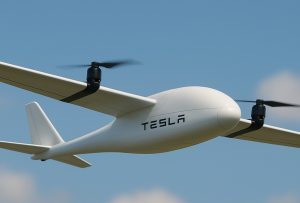


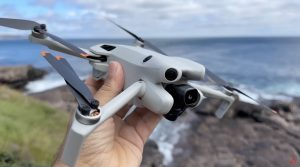

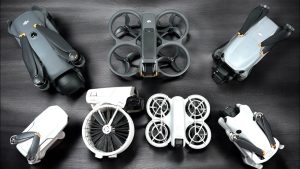
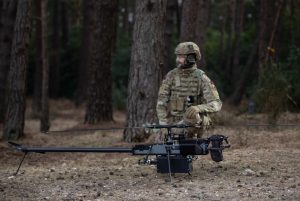
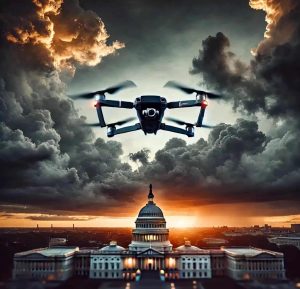

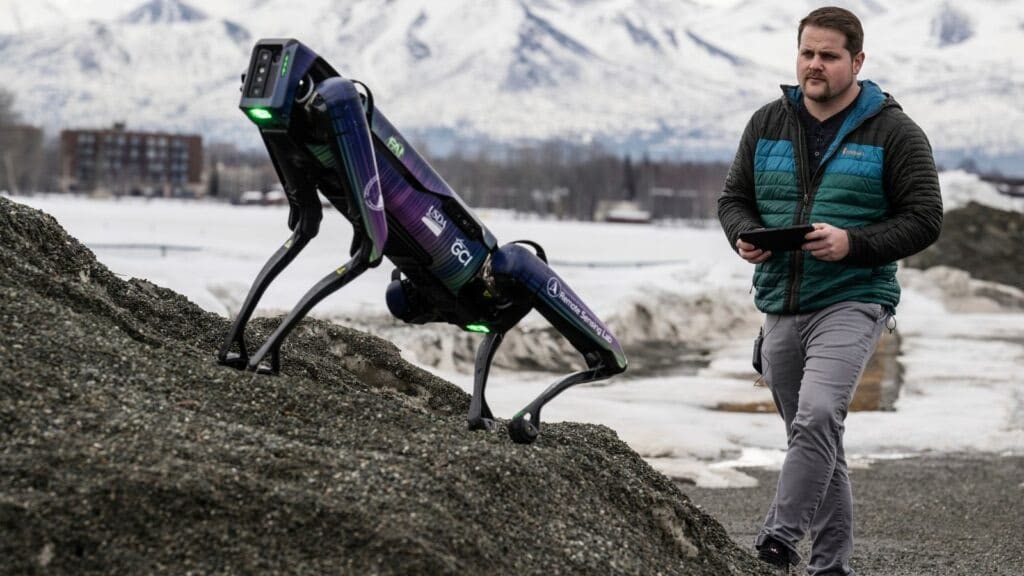
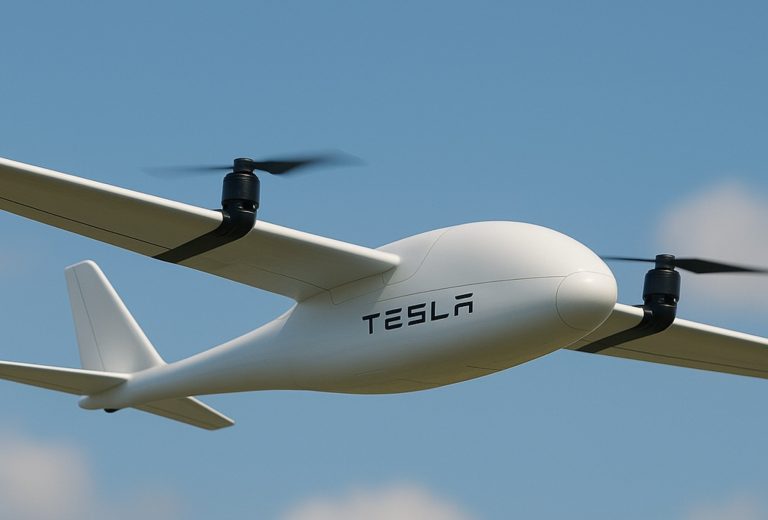

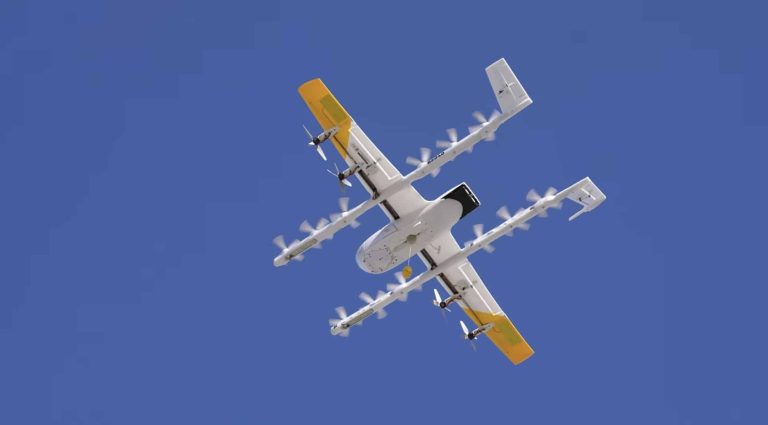

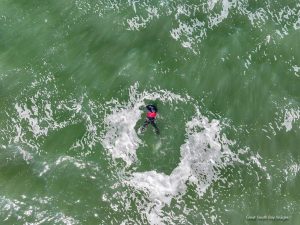
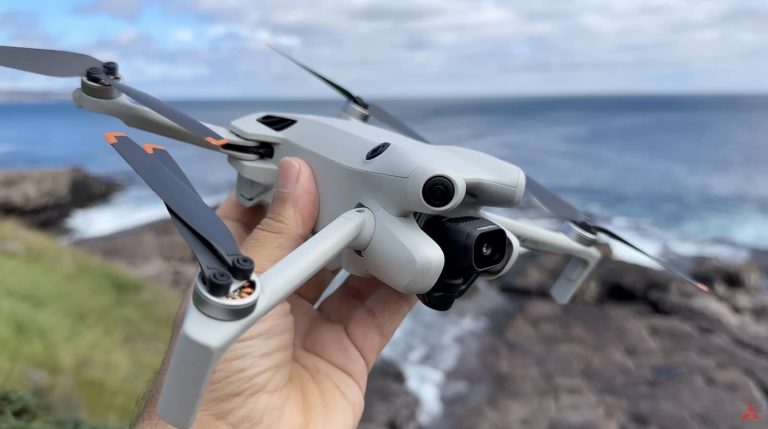
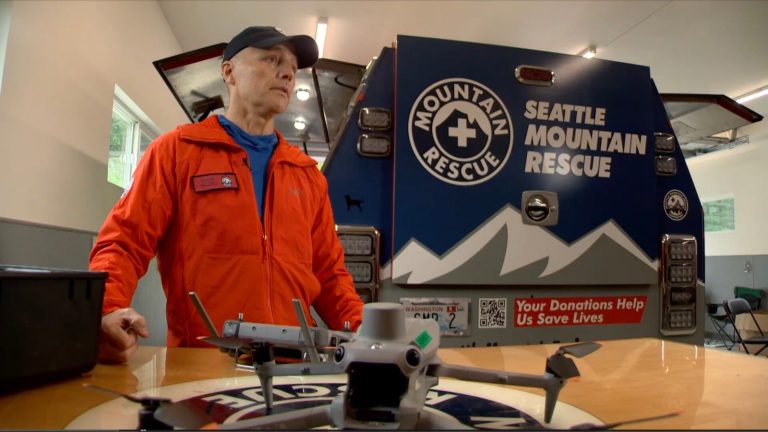
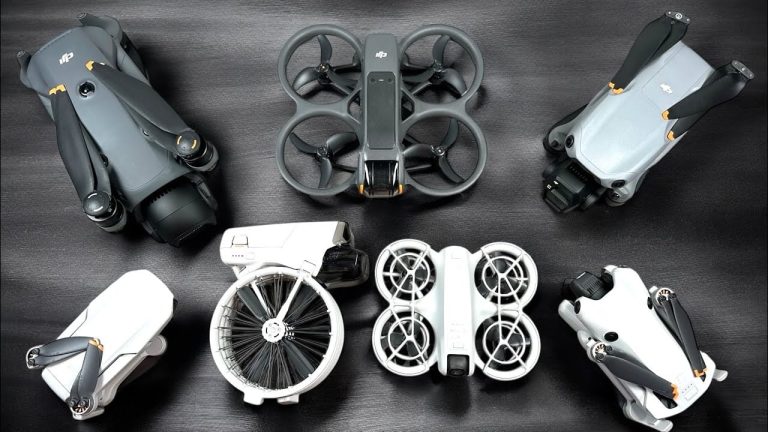

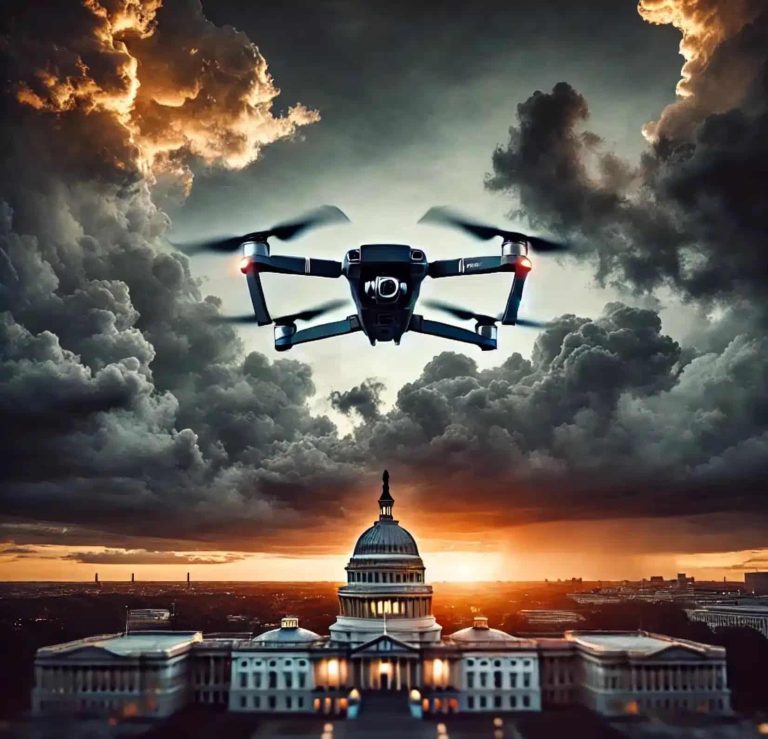
+ There are no comments
Add yours